Home>Home Appliances>Laundry Appliances>Why Does A Washing Machine Leak
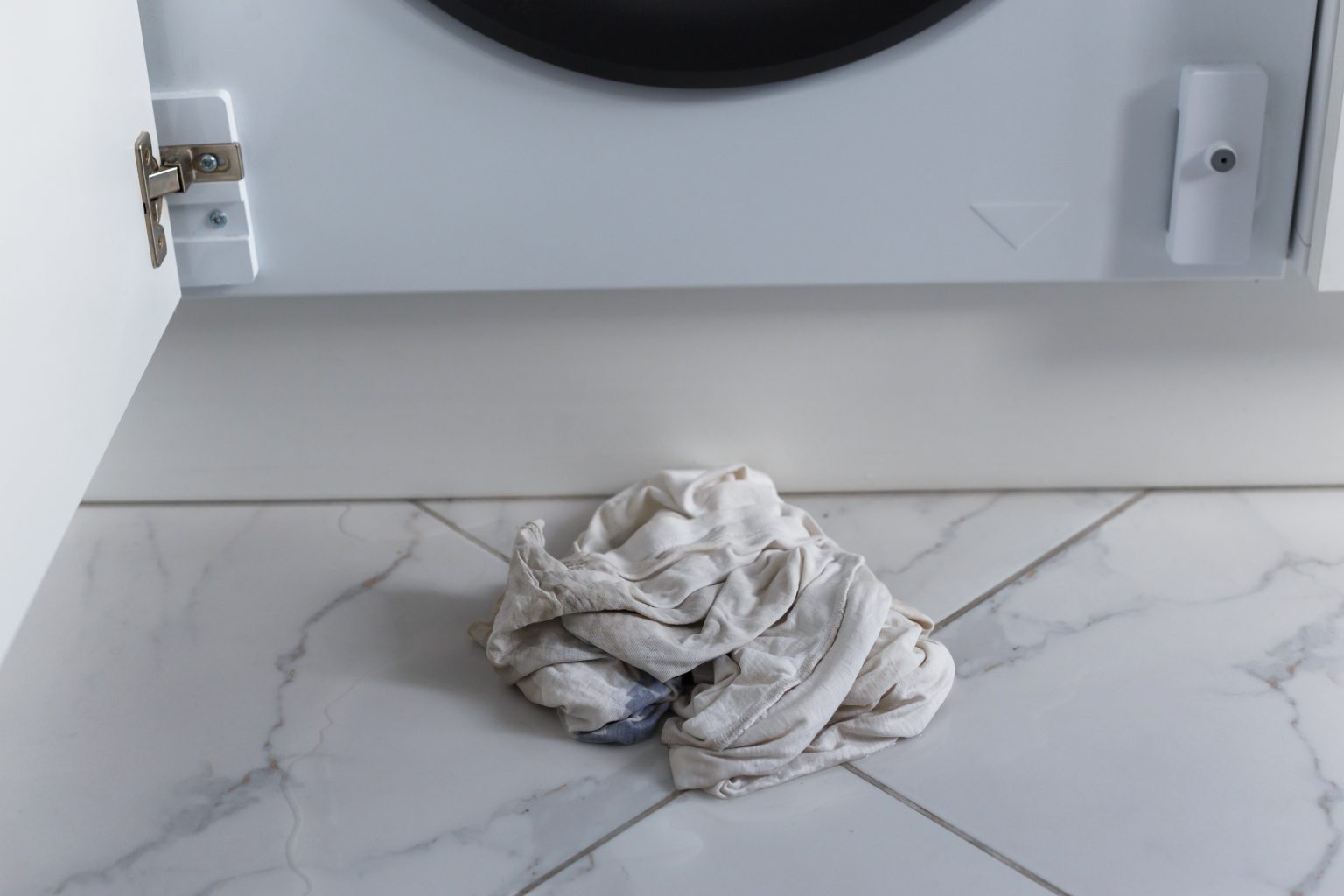

Laundry Appliances
Why Does A Washing Machine Leak
Modified: March 2, 2024
Discover the common reasons for a washing machine leak and how to troubleshoot it. Keep your laundry appliances in top condition with our expert tips.
(Many of the links in this article redirect to a specific reviewed product. Your purchase of these products through affiliate links helps to generate commission for Storables.com, at no extra cost. Learn more)
Common Causes of Washing Machine Leaks
Washing machines are essential appliances that streamline the laundry process, but they can be prone to leaks. Understanding the common causes of washing machine leaks can help homeowners address issues promptly and prevent potential water damage. Here are the typical culprits behind washing machine leaks:
-
Worn Out Door Seals: Over time, the door seal of a washing machine can degrade due to regular use and exposure to detergents and water. This deterioration can lead to water seepage during the wash cycle.
-
Faulty Hoses: The inlet and outlet hoses connected to the washing machine can develop cracks or become loose, resulting in water leaks. Regular inspection of these hoses is crucial to prevent potential leaks.
-
Clogged Drainage: A clogged or obstructed drainage system can cause water to overflow from the washing machine, leading to leaks. It's important to keep the drainage system clear to ensure proper water flow during the wash and spin cycles.
-
Damaged Tub: A damaged or cracked inner tub can allow water to escape during the wash cycle, leading to leaks. This issue often requires professional assessment and repair to ensure the washing machine functions properly.
-
Excessive Detergent Use: Using an excessive amount of detergent can create excessive suds, leading to overflow and leaks. It's essential to follow the manufacturer's guidelines for detergent usage to prevent this issue.
-
Unbalanced Load: When the laundry load inside the washing machine is unbalanced, it can cause the appliance to vibrate excessively during the spin cycle, potentially resulting in leaks. Ensuring a balanced load can help prevent this issue.
-
Loose Connections: Loose connections within the washing machine, such as those related to the water inlet valve or the drainage system, can lead to water leaks. Regular inspection and maintenance of these connections are essential to prevent leaks.
Understanding these common causes of washing machine leaks empowers homeowners to identify and address issues promptly. By staying vigilant and performing regular maintenance, individuals can mitigate the risk of water damage and ensure the efficient operation of their washing machines.
Key Takeaways:
- Keep an eye out for worn door seals, faulty hoses, and clogged drainage to prevent washing machine leaks. Regular maintenance and balanced loads can help avoid water damage and keep your laundry routine running smoothly.
- To prevent washing machine leaks, follow detergent guidelines, balance your laundry load, and promptly address any issues. Consider using leak detection devices for added peace of mind and protection against potential leaks.
How to Identify the Source of a Washing Machine Leak
Identifying the source of a washing machine leak is crucial for effective troubleshooting and timely resolution. Here's a comprehensive guide to help homeowners pinpoint the origin of a washing machine leak:
1. Visual Inspection
Begin by conducting a visual inspection of the washing machine while it is in operation. Look for any visible signs of water seepage, such as puddles forming around the appliance or water dripping from the bottom. Pay close attention to the area around the door seal, hoses, and the back of the machine.
2. Check the Door Seal
Inspect the door seal for any signs of wear, tear, or damage. Run your fingers along the seal to feel for any cracks or deformities. Additionally, observe the seal during a washing cycle to see if water is leaking from the seal area.
3. Examine the Hoses
Carefully examine the inlet and outlet hoses for any signs of leakage, including cracks, bulges, or loose connections. Ensure that the hoses are securely attached to the washing machine and the water supply. Running a cycle while observing the hoses can help identify any leaks during operation.
4. Monitor the Drainage System
Check the drainage system for any blockages or obstructions that may impede water flow. Inspect the drain hose for kinks or clogs, and ensure that it is properly connected to the drainage pipe. Running a drain cycle can help reveal any issues with the drainage system.
5. Inspect the Inner Tub
If the leak persists, inspect the inner tub for any visible cracks, damage, or irregularities. Carefully observe the tub during the wash and spin cycles to determine if water is escaping from any compromised areas.
6. Observe Detergent Usage
Assess the amount of detergent being used during a wash cycle. Excessive suds or overflow of soapy water can indicate an issue with detergent usage, potentially leading to leaks. Adjust the detergent quantity as needed to prevent excessive suds formation.
7. Evaluate Load Balance
Ensure that the laundry load is evenly distributed inside the washing machine drum. An unbalanced load can cause the appliance to vibrate excessively, potentially resulting in leaks. Adjust the load as necessary to achieve proper balance.
By systematically examining these key areas, homeowners can effectively identify the source of a washing machine leak. This proactive approach enables targeted troubleshooting and facilitates the implementation of appropriate solutions to address the underlying causes of the leak.
Steps to Fix a Leaking Washing Machine
Addressing a leaking washing machine promptly is crucial to prevent water damage and ensure the appliance's optimal performance. Here are the essential steps to effectively fix a leaking washing machine:
1. Replace Worn Out Door Seals
If the door seal shows signs of wear, tear, or damage, replacing it is imperative. Begin by obtaining a compatible replacement seal from the manufacturer or a reputable supplier. Carefully remove the old seal and clean the seal area thoroughly. Install the new seal according to the manufacturer's guidelines, ensuring a secure and proper fit to prevent water leakage.
2. Inspect and Replace Faulty Hoses
Inspect the inlet and outlet hoses for cracks, bulges, or loose connections. If any issues are identified, promptly replace the affected hoses with high-quality replacements. Ensure that the new hoses are securely attached to the washing machine and the water supply, minimizing the risk of leaks during operation.
3. Clear the Drainage System
Address any blockages or obstructions in the drainage system by carefully removing debris or buildup from the drain hose and the drainage pipe. Run a drain cycle to ensure proper water flow and eliminate the risk of water overflow and leaks due to drainage issues.
Read more: How To Fix A Leaking Washer
4. Repair or Replace Damaged Tub
In the case of a damaged or cracked inner tub, seeking professional assessment and repair is recommended. Contact a qualified technician or the washing machine manufacturer to evaluate the extent of the tub damage and perform the necessary repair or replacement to restore the appliance's integrity and prevent leaks.
5. Adjust Detergent Usage
To mitigate leaks caused by excessive suds, adjust the detergent quantity as per the manufacturer's recommendations. Using the appropriate amount of detergent minimizes the risk of overflow and ensures that the washing machine operates without generating excessive suds that can lead to leaks.
6. Balance the Laundry Load
Ensure that the laundry load is evenly distributed inside the washing machine drum to prevent unbalanced spinning, which can cause excessive vibrations and potential leaks. Adjust the load as needed to achieve proper balance and minimize the risk of water seepage during the spin cycle.
By following these comprehensive steps, homeowners can effectively address and resolve washing machine leaks, safeguarding their homes from water damage and prolonging the lifespan of their valuable appliances. Regular maintenance and proactive leak prevention measures contribute to the efficient and trouble-free operation of washing machines, enhancing the overall laundry experience for households.
Preventing Washing Machine Leaks
Preventing washing machine leaks is essential for maintaining the integrity of the appliance and safeguarding the home from potential water damage. By implementing proactive measures and adhering to regular maintenance practices, homeowners can significantly reduce the risk of leaks and ensure the efficient operation of their washing machines.
Read more: Why Does My Washer Squeak
1. Regular Inspection and Maintenance
Performing routine inspections of the washing machine's key components, including the door seal, hoses, and drainage system, is crucial for early leak detection. Check for signs of wear, tear, or damage, and promptly address any issues to prevent leaks from developing. Additionally, ensure that the inlet and outlet hoses are securely connected and free from cracks or bulges. Regularly cleaning the drainage system and removing any obstructions can help maintain proper water flow and prevent potential leaks.
2. Proper Detergent Usage
Following the manufacturer's guidelines for detergent usage is vital in preventing excessive suds and overflow, which can lead to leaks. Using the recommended amount of detergent for each load helps maintain the appropriate water-to-soap ratio, minimizing the risk of suds-related leaks. Additionally, using high-efficiency (HE) detergents designed for modern washing machines can contribute to optimal cleaning performance while reducing the likelihood of leaks.
3. Balanced Load Distribution
Ensuring that the laundry load is evenly distributed inside the washing machine drum is essential for preventing unbalanced spinning, which can cause the appliance to vibrate excessively and potentially lead to leaks. By properly balancing the load before starting the wash cycle, homeowners can minimize the strain on the washing machine and reduce the risk of water seepage during operation.
4. Timely Repairs and Replacements
Promptly addressing any identified issues, such as worn-out door seals, damaged hoses, or compromised tubs, is crucial for preventing leaks. When signs of wear or damage are observed during inspections, homeowners should take immediate action to repair or replace the affected components. Seeking professional assistance for complex repairs or replacements can ensure that the washing machine remains in optimal working condition, reducing the likelihood of leaks.
Read more: Why Does The Washing Machine Shake
5. Utilize Leak Detection Devices
Consider utilizing modern technology, such as water leak detection devices, to provide an additional layer of protection against washing machine leaks. These devices are designed to detect water accumulation or unusual moisture levels near the appliance, triggering alerts that prompt homeowners to investigate and address potential leaks promptly. Integrating such devices into the home's monitoring system can offer peace of mind and early leak detection capabilities.
By incorporating these preventive measures into their laundry appliance care routine, homeowners can effectively minimize the risk of washing machine leaks and maintain a reliable and efficient laundry environment. Proactive leak prevention not only safeguards the home from water damage but also contributes to the prolonged functionality of the washing machine, ensuring a seamless and trouble-free laundry experience.
Frequently Asked Questions about Why Does A Washing Machine Leak
Was this page helpful?
At Storables.com, we guarantee accurate and reliable information. Our content, validated by Expert Board Contributors, is crafted following stringent Editorial Policies. We're committed to providing you with well-researched, expert-backed insights for all your informational needs.
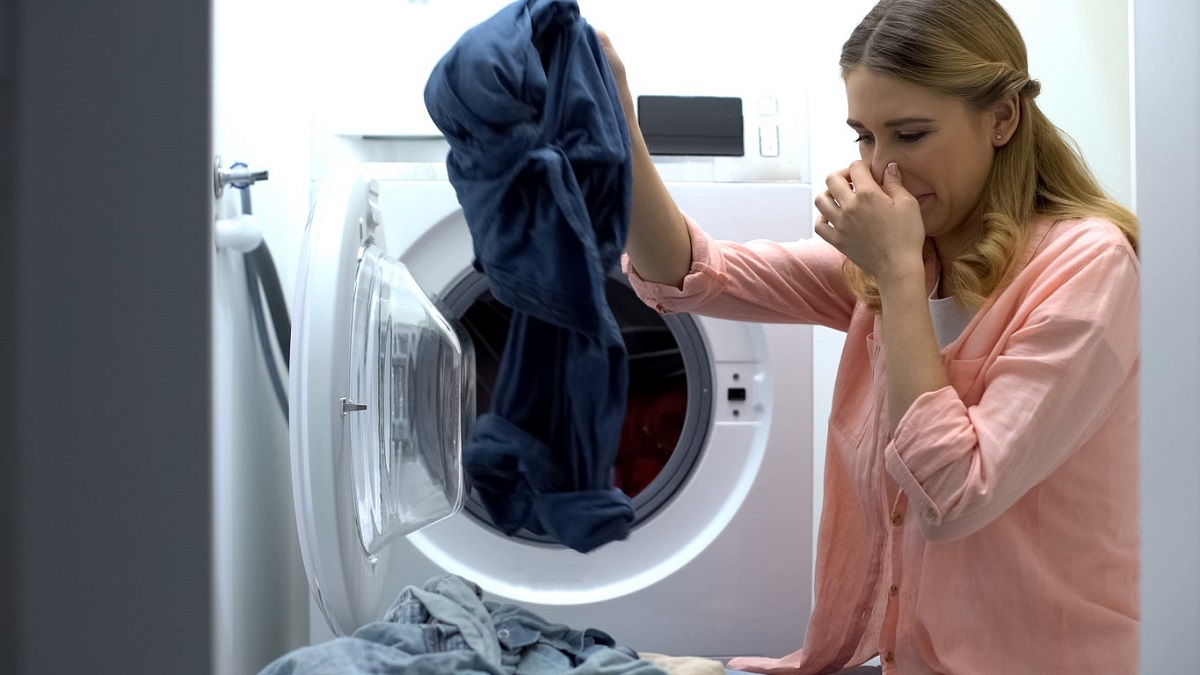
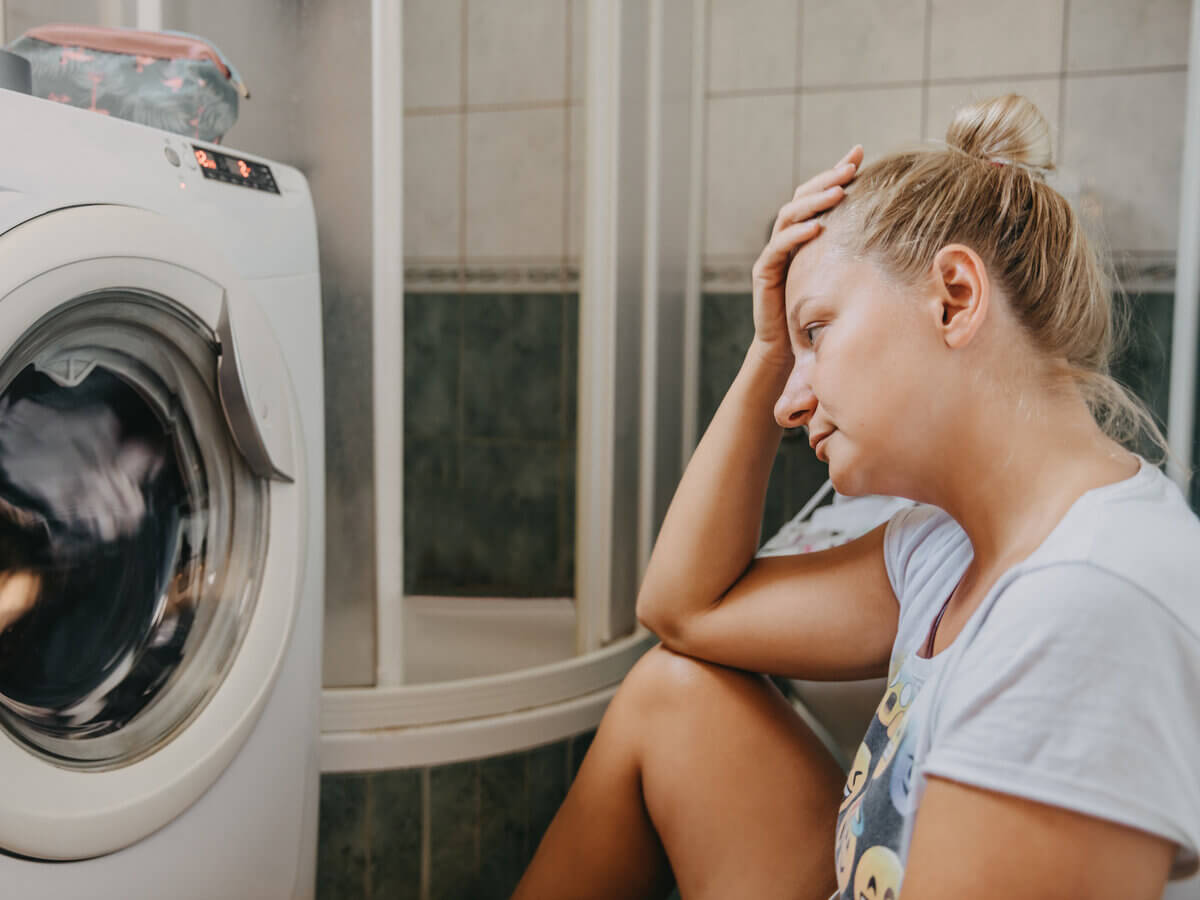
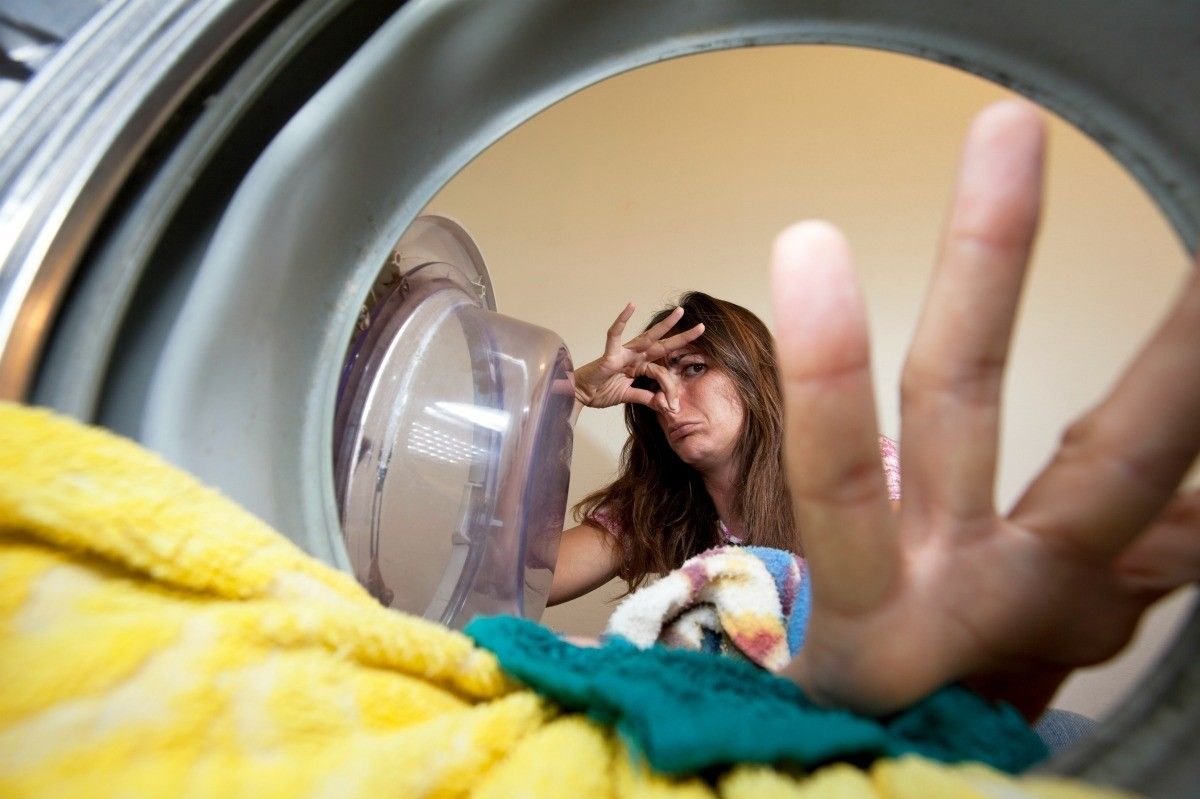
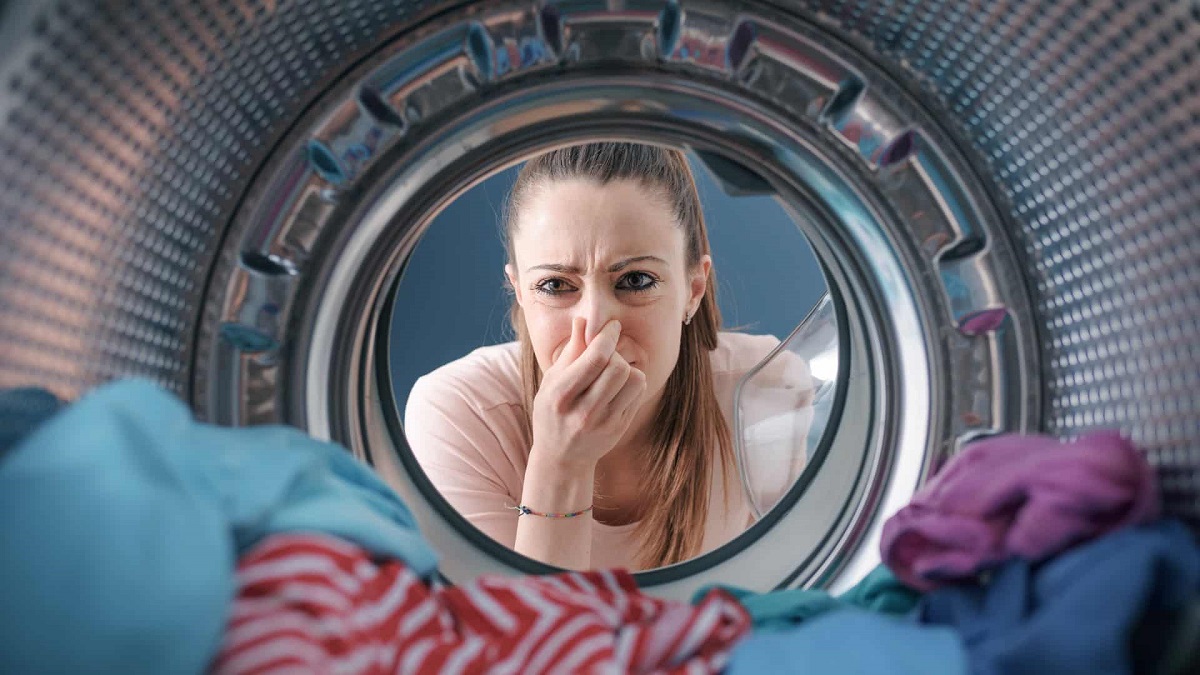
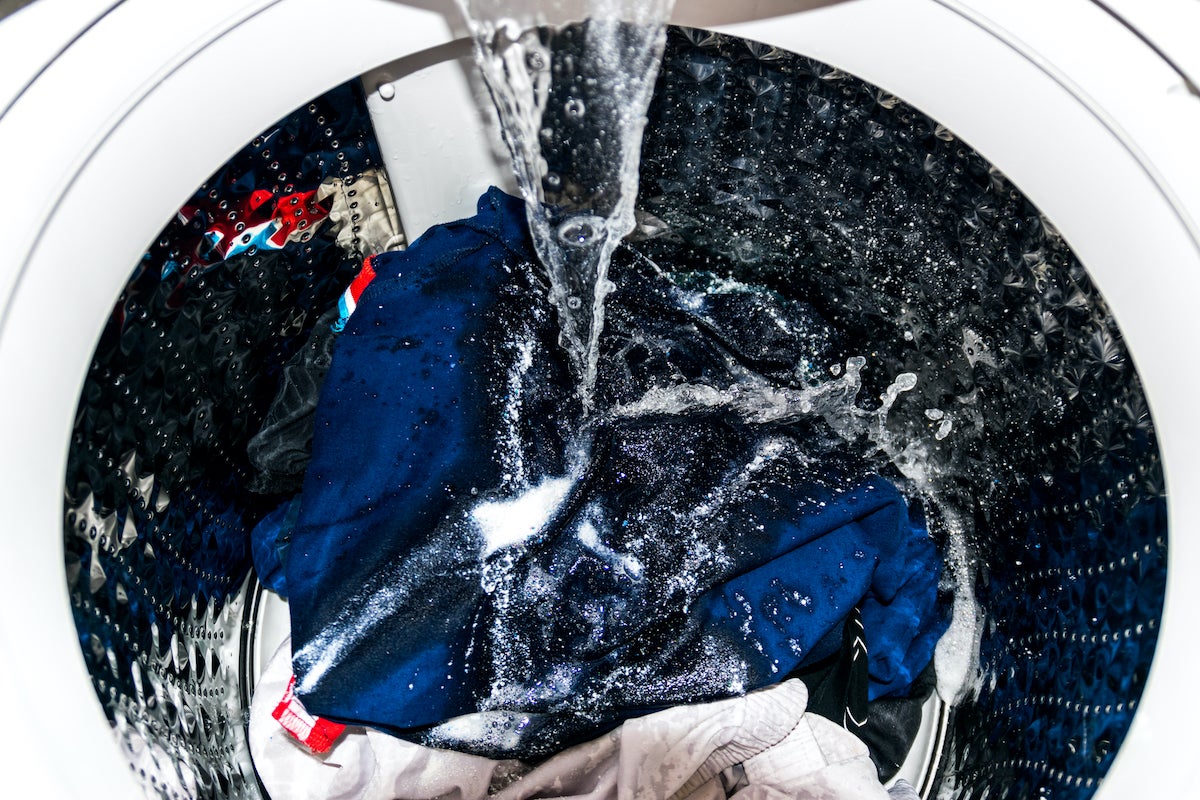
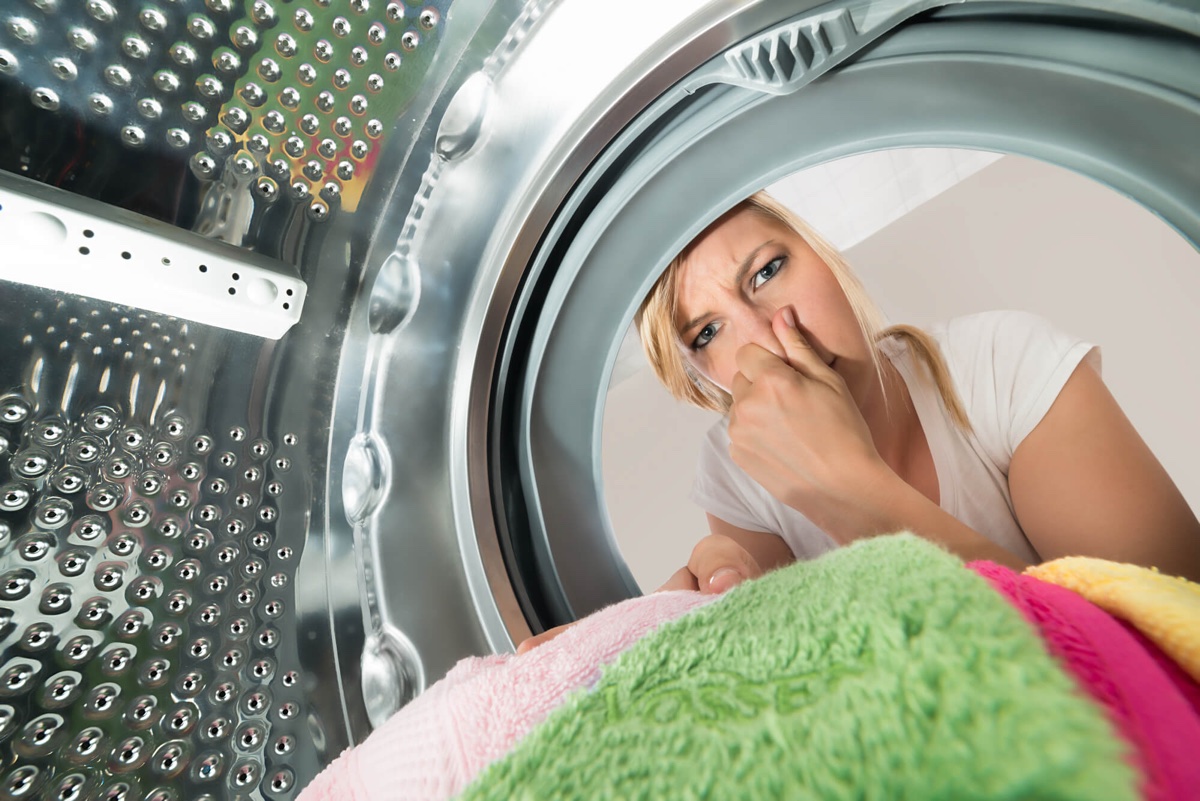
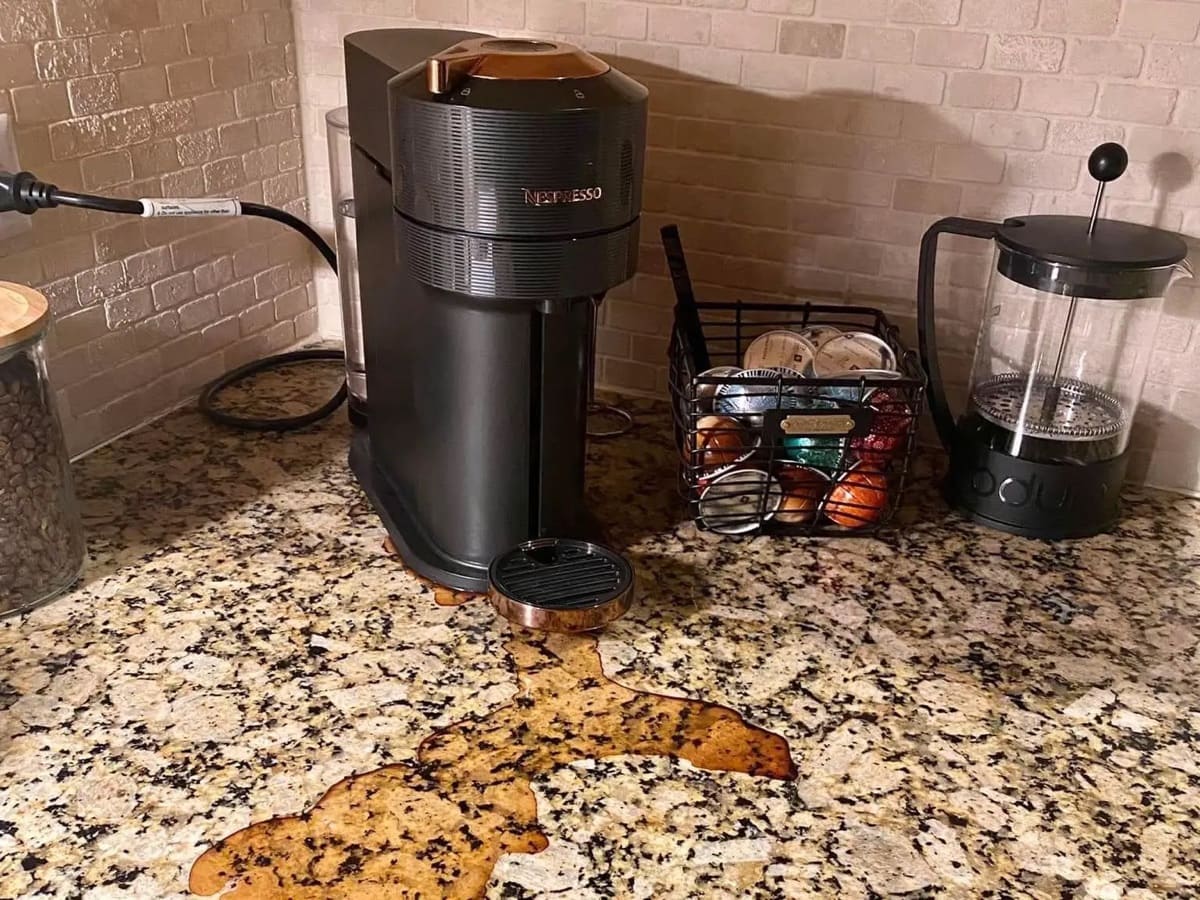
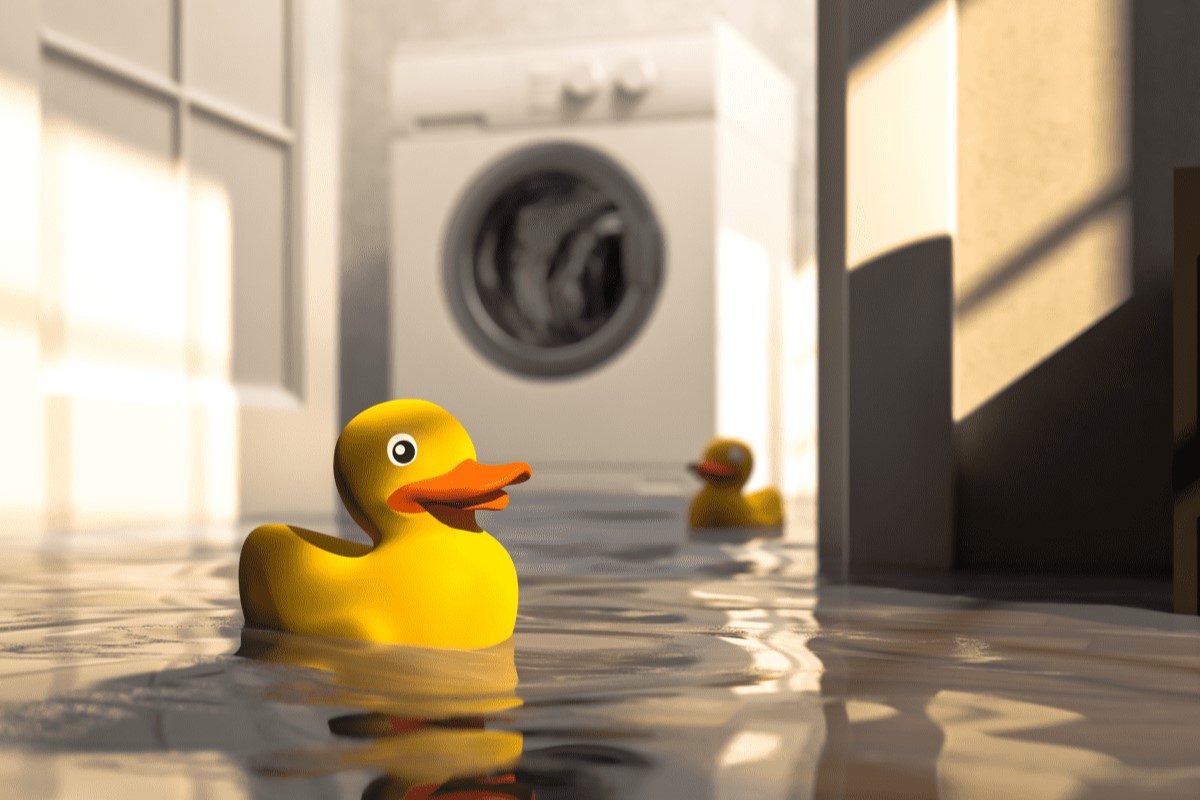
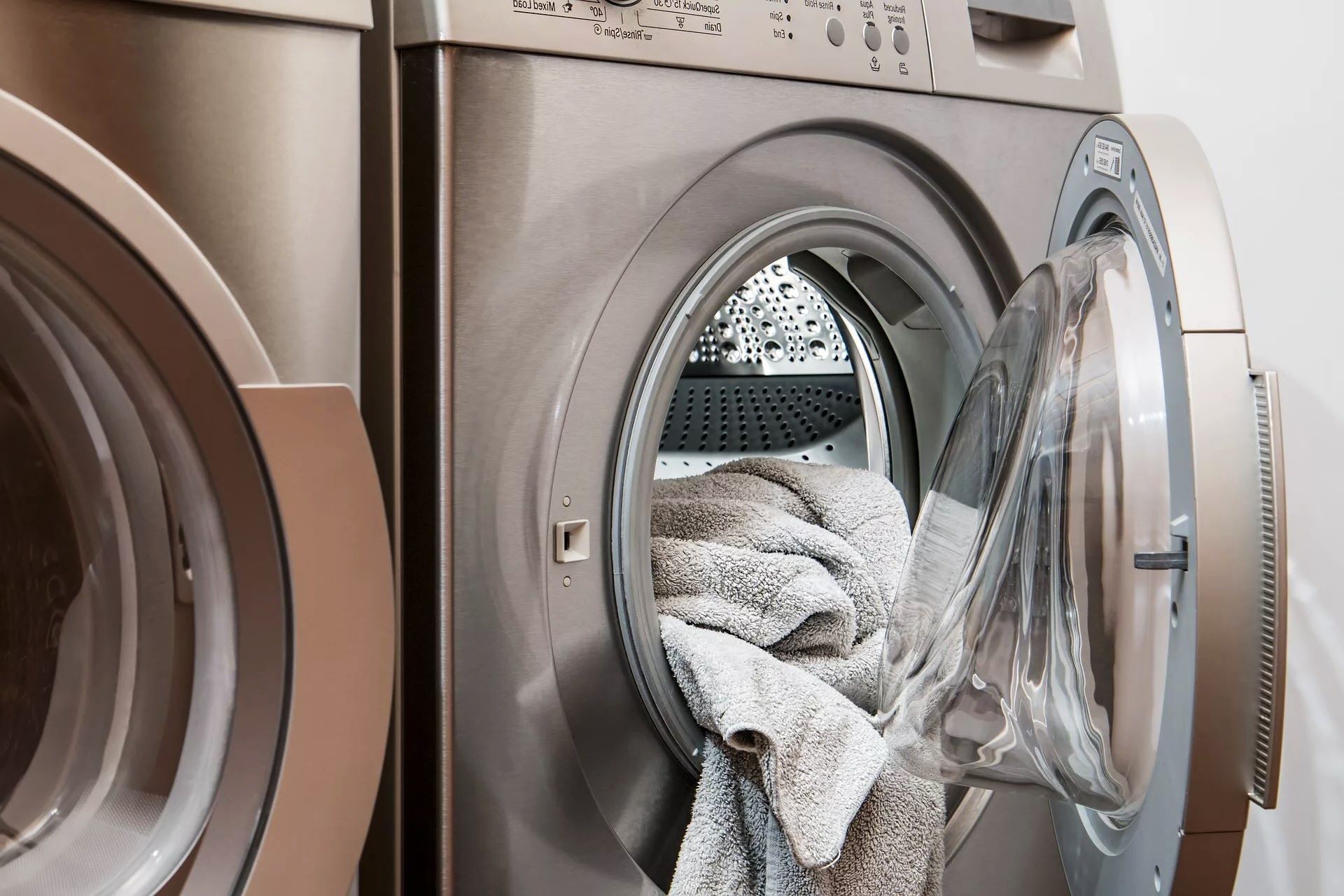


0 thoughts on “Why Does A Washing Machine Leak”